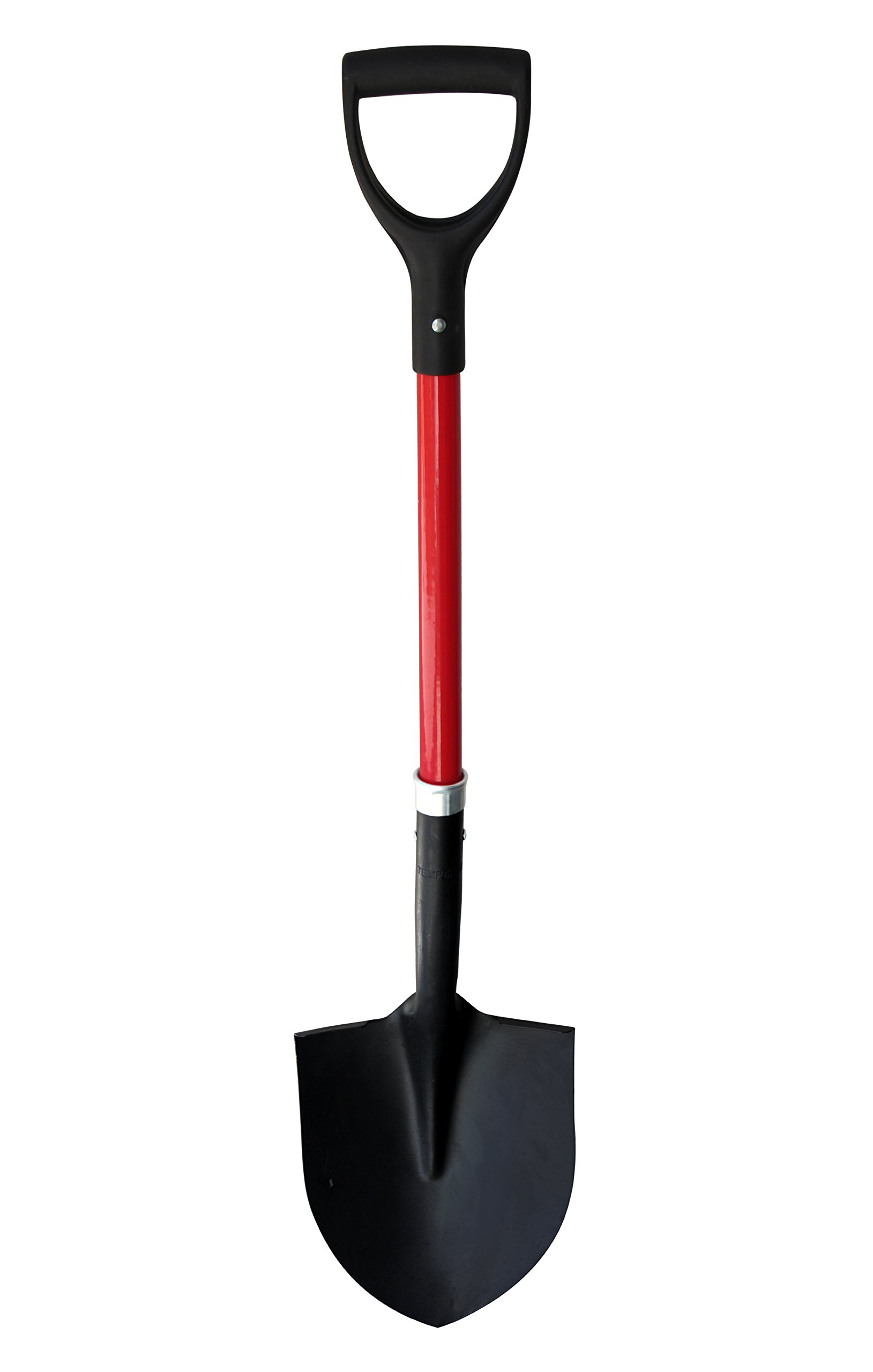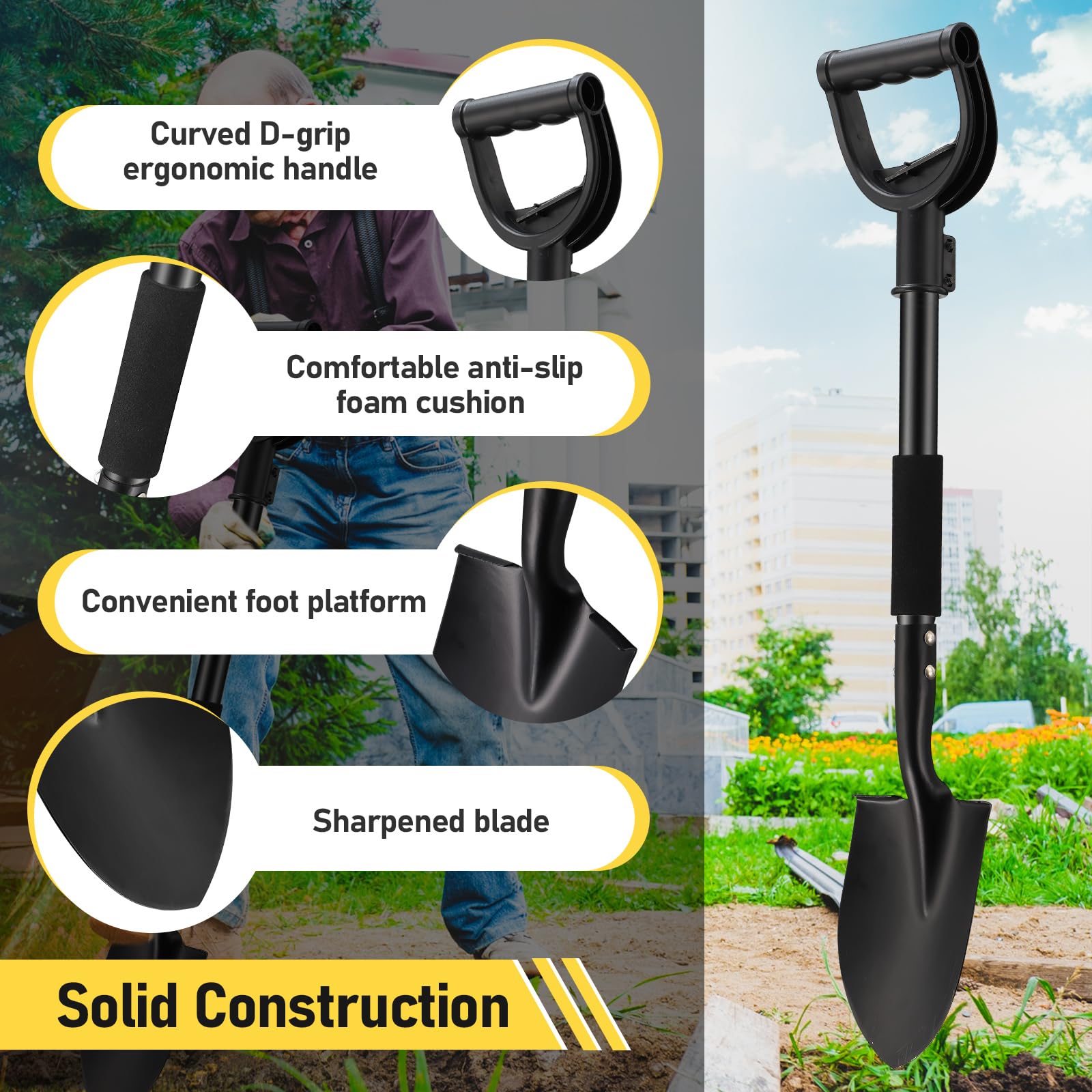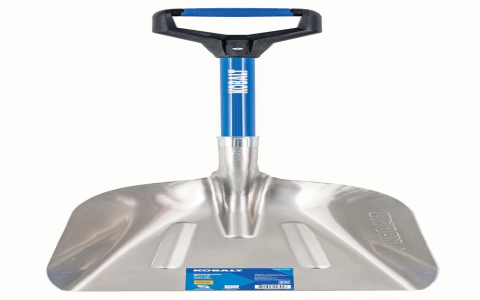Alright, so let me tell you about this curved shovel thing. It wasn’t some grand invention, more like something born out of pure frustration, you know? I was working on this little landscaping project in my backyard, trying to dig a narrow trench around some established rose bushes. Every time I plunged my regular flat shovel in, I was either slicing through roots I wanted to keep or the darn thing was just too wide to maneuver properly in those tight spots. It was maddening, I tell ya.
I kept thinking, “There’s gotta be a better way.” A straight shovel just wasn’t cutting it, literally. I needed something that could kinda scoop around things, something with a bit of a curve to it. I even looked online, saw some specialized tools, but man, the prices! Or they were for things like trenching in clay, super heavy-duty, not what I needed for my little garden patch.

My “Brilliant” Idea and the Old Shovel
So, I had this old, slightly rusty shovel lying in the back of the shed. The wooden handle was a bit weathered, but the metal blade itself was still pretty solid. And a thought popped into my head: “What if I just… bend it?” Seemed simple enough at the time, right? Famous last words.
First, I tried the most basic approach:
- Lay the shovel head on a couple of bricks.
- Stand on the middle of it.
- Hope for the best.
Yeah, that didn’t work. The shovel laughed at me. I nearly twisted my ankle. Clearly, that flimsy old steel was tougher than I gave it credit for, or I just wasn’t heavy enough, or both.
Okay, plan B. I figured I needed some heat. I’m no blacksmith, mind you, but I’ve got a decent blowtorch for plumbing stuff. So, I dragged the shovel out to a clear spot on the driveway, got my thickest gloves on, and fired up the torch. Safety first, or at least, safety attempted. I heated up a section of the shovel neck, just below where the handle socket starts. Got it glowing a dull red. Then, with a heavy mallet and a lot of hope, I started trying to persuade it into a curve against a sturdy log I had lying around.
The first attempt? Not great. I got a bend, alright, but it was more of an awkward kink. Looked like the shovel had a bad back. Not the graceful curve I was imagining. And it cooled down super fast. So, more heat, more hammering. It was a sweaty, noisy process. My neighbors probably thought I was forging a medieval weapon out there.
Getting Somewhere, Slowly
After a couple more cycles of heating and banging, I started to get something that vaguely resembled a curve. It wasn’t pretty. The metal was a bit discolored from the heat, and there were hammer marks all over it. Definitely wouldn’t win any design awards. But the important thing was, it had a curve. A gentle, spoon-like curve that I thought might just do the trick.

I let it cool down completely, then took it over to my problematic trench. And you know what? It actually worked! It wasn’t perfect, but it was a heck of a lot better than the straight shovel. I could slide it down along the edge of the bushes, scoop out the soil from underneath roots without hacking them to pieces. It was still work, don’t get me wrong, but it felt less like I was fighting my tools and more like I had something that was helping.
The handle protested a bit with all the new angles I was using it at, creaking like an old ship, but it held. The curve wasn’t as uniform as something machine-made, and one side was probably a bit more curved than the other, but for my specific, annoying little problem, it did the job. It was my ugly, custom-bent, problem-solving shovel.
Sometimes, you just gotta tinker, you know? It’s not always about buying the fanciest new thing. Sometimes it’s about looking at what you’ve got and figuring out how to make it work for what you need, even if the process is a bit rough around the edges. And hey, I saved myself a few bucks and got a bit of a workout in the process. Plus, now I have a story about “that one time I bent a shovel with a blowtorch.”




















